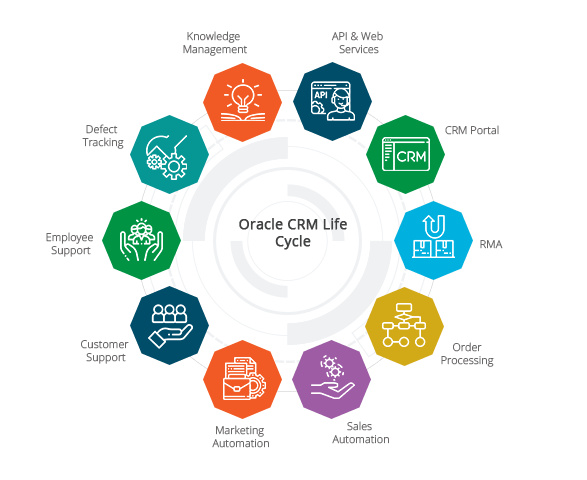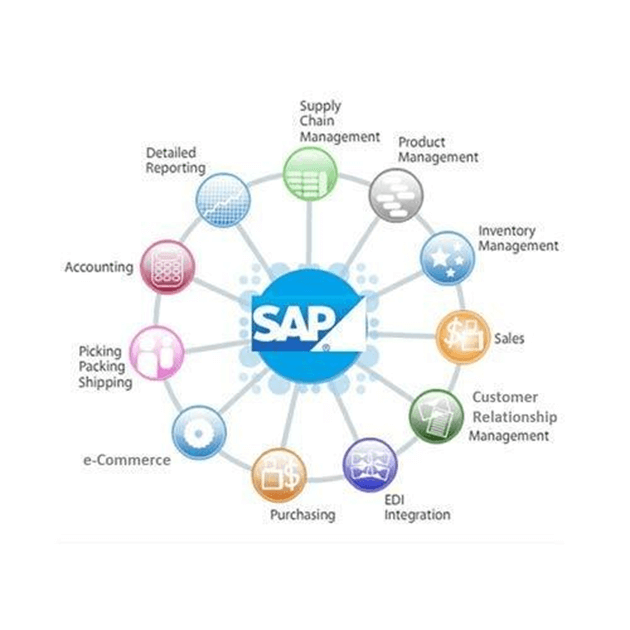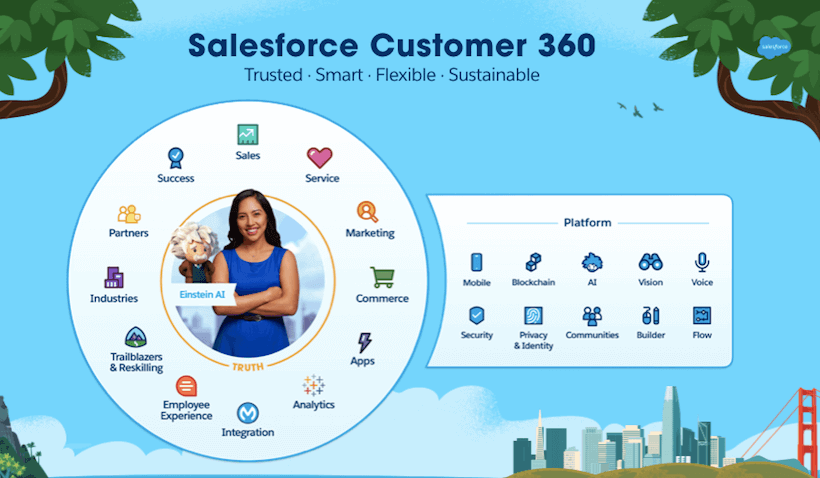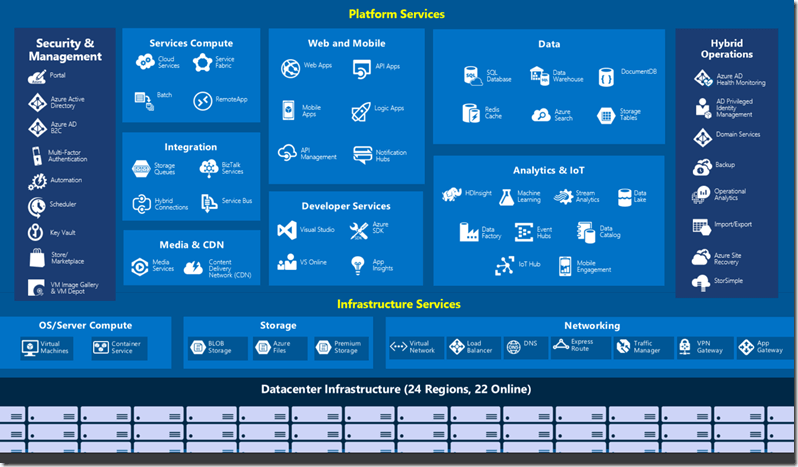By: Ivor Bakša, CEO
When choosing solution that we'd like to help us transform our business we are struck with too many options like Cloud IaaS, PaaS, SaaS, inhouse development ... Freedom is sometimes scary. As business owners we are obliged to make decisions and to move our business forward, but we also lack freedom of choice and simpleness in todays digitalized world. Worries come at first like is this a right solution for us, will we lock ourselves to a wrong vendor, and how to execute transformation project that it brings real value to our business … At the end we want to deal with our line of business, our core business and not some imaginary software platforms. Right?
I hate buying trousers, but I must do it occasionally. Every time I go to Mall, I must prepare myself mentally. My parents come from socialist country, ex-Yugoslavia. What they had back then is few types of trousers, one fit for everybody. However, they wanted a choice, so like many other Yugoslavian citizens they would go to Trieste Italy to buy Levi's trousers, which also had only one fit back then in the 80s. They would try them and if it fits in size, they'd buy them. They would go back to their hometown with smile on their faces, and they'd wear them with pride. Simple. 30 years later, when I buy trousers, there are multiple brands, multiple "fits", different colors, cuts, pockets, trends. After an hour of trying different trousers, I give up and buy the last ones I tried but did not hate. After shopping I'm not happy, I'm exhausted mentally, and truth is probably that these trousers I bought fit me much better than any Levi's my parents bought fitted them in the 80s. I don't feel happy I had freedom of multiple choices modern ages brought me. Too many choices can make us fell less free right? What about choosing best transformation tool and ways to implement it in your own business? Let us look at the few modern software platform landscapes; the choices we can make.




All these platforms are great, they offer possibilities you could only dream only few years ago, but this all sounds so complex, expensive and way too metaphorical. You have a concrete business and concrete business goals, there must be some simple way to bring you from point A where you are now to point B where you want to be.
Let's say you have finally decided to digitalize more, you don't want to be left behind your competition. You have planned a budget for the transformation for next year, you delegated a project to a competent person to investigate platforms you know nothing about, and you expect results. In short you have sent somebody else to buy you trousers with no additional details. After few weeks when you get the results thoughts are coming in mind: "Existing system is good enough. This is too complicated. Why is this so expensive and why are they not clear about prices? What if I walk around in my pants, would it be weird?".
Allow me to start from the beginning and beginning starts with a why.
Why do I wish to transform our business? Write three sentences down on question why and then get back to the text. Text will be waiting, don't worry.

First strikethrough the one where you wrote "not to be left behind", this one comes from fear of missing out, it's perfectly normal to have these thoughts. Others are your transformation goal. Now you have a start. What it leaves us with is to decide how much are you willing to spend to achieve these goals. But before looking at expanses let us explore one key feature of transformation.

You should be prepared that transformation is an iterative process, it never finishes, and first result (phase one, first go-live) may bring you less than you hoped for. Transformation is an iterative process that needs nurturing. Too look at it as a onetime step is like deciding, due to bad habits, to live healthy for three months. And what after 3 months, back to the bad habits? If you are at the beginning of your journey, it is very important to adopt transformational mindset as an iterative thing that brings value with each iteration.
To set a transformational path for business is to decide how much money you'd like to spend initially (capital expanses – CAPEX) but also define fixed cost you are willing to spend periodically (quarter, monthly) to drive your transformation further. Goal of each transformational project is to save costs you had, grow your business and your revenues, but what is more important to open new potential that will teach you things about your business and competition you were not aware of, thus unlocking more potential for growth. Transformation is like any expanse, good if it brings more than you invested, so keep mind on return of investment.
As a business owner, CEO or director of department your role in transformation project is to set a goal, bring a decision of platform and finally use a platform for your transformational purposes.
Step one – start with goal, not project
CRM implementation project or eCommerce project or BigData project will not bring you transformation! There are multiple examples where implementation projects would start before clear goal and after few years of implementation, project would come to a dead end and then we hear stories how CRM, BigData, ERP projects failed. Before starting a project, you should start with goal within your organization that have nothing to do with platforms nor software tools, not even with digital transformation. Examples would be "We'd like to increase B2C sales" or "Increase online sales" or "Increase customer loyalty", or "learn about our customer habits more to target them with better deals". Something you know you lack and could be achieved by using digital platform or solution. With clear goal you can start working on strategies how to achieve your goals. Hope you have wrote down answer to question why.
Step two – strategy
You defined a goal, but you still don't know which platform would support you in achieving your goal. Now it is time to look for a solution, or to be more precise look for an implementation partner that understands your goal and your plans and understands the platform he implements. Do not buy before you are aware of platform capabilities, don't start project before you found partner and before you devised a strategy together. Sure, you can start on your own without partner, but these platforms are complex, and it is even more expensive to have a failed transformation project or bring yourself in situation where you need a partner to help after you have implemented and started using platform the wrong way. All these platforms have their own rules, advantages, and disadvantages and best partners are ones that put platform they implement as part of their core business.
After choosing a partner who showed trustworthiness, who understood your goals, devise an implementation strategy together with partner. Best partners are ones who will lead you toward your business goals in straightest manner possible unlocking possibilities along the way and the ones that will teach your team what can be achieved and how to achieve it.
Step three – Data in the center

Your transformation will be addressing lot of data which is there to unlock real potential! When looking for platform, visiting seminars, workshops, partner conferences you'll be hearing about ideas like "customer in the center" and that all the big and successful companies do it, but in real life, data will become center of your business. Goal of this data approach is not for a pure collection, you don't wish to be a data hoarder, goal is driving your business decisions from data you did not collect before. Your company will start learning from data and from this knowhow you will be able to do better business decisions. Regardless of origin and function of data (customer, financial, statistical, production) your implementation partner and you will devise further transformation strategy. First implementation step is always "bring the data in" or start using the platform for purpose of collecting data.
Step four – Iterations
After first implementation, and after you start learning from data, you will start your future implementation plans and transform parts of business data showed you relevant for transformation. This is where your internal transformation team kicks in. They need to understand the platform and your goals and understand their platform knowhow limits but also have you on their side when they give you the learnings data thought them. This is where your decision to change way you work comes in.
Regarding further steps of your transformation team and how they maintain platform you choose. What is inside their knowhow of platform they'll be able to execute themselves, for everything else there is your trustworthy partner. Best implementation partners are ones who teach you about platform and stay focused on your business goals. Remember, platform is their core business as much as your core business is your business domain!
Happy transformation project!









